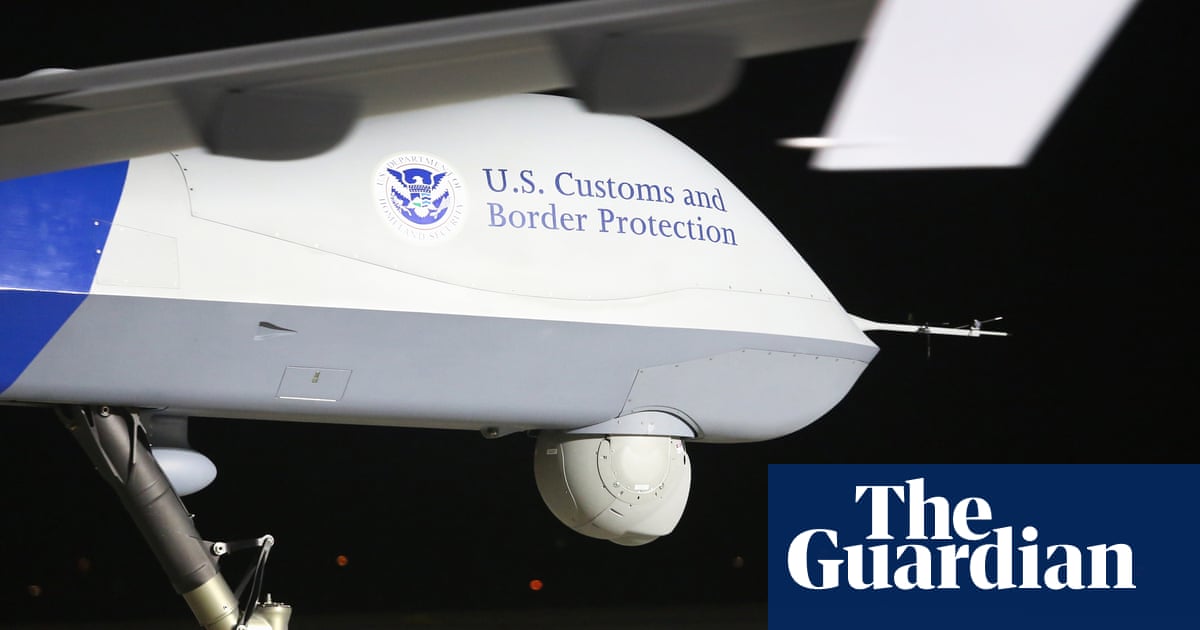Customs and Border Protection is flyingsurveillance dronesover theLos Angeles protests, the agency confirmed in a statement on Thursday. The drones in question are MQ-9 Predators, some models of which are equipped with technology that would enable high-altitude surveillance. In a statement to 404 Media, which first reported the presence of the drones, Customs and Border Protection (CBP) said the drones were deployed to support “our federal law enforcement partners in the Greater Los Angeles area, including Immigration and Customs Enforcement, with aerial support of their operations”. Ice conducts raids and arrests, activity that has ramped up underDonald Trump’sadministration and against which protesters in Los Angeles have been demonstrating.
CBP also said in a statement that its air and marine operations were “not engaged in the surveillance of first amendment activities”, but that they are “providing officer safety surveillance when requested by officers”.
The Department of Homeland Security on Monday posted a video on X that the agency said was DHS drone footage and bore a CBP air and marine operations watermark. It included zoomed in clips of protestors on the streets.
CBP’s confirmation of its drone usage comes after the LA Times alsoreportedthat an LAPD helicopter flying over protesters announced to them, “I have all of you on camera. I’m going to come to your house.” The Guardian US contacted the LAPD and has not heard back.
Sign up toTechScape
A weekly dive in to how technology is shaping our lives
after newsletter promotion
This is not the first time the DHS has flown drones over protests. In 2020, the DHS dispatched drones over at least 15 cities across the US where people gathered to protest about the murder of George Floyd and logged more than 270 hours of surveillance footage. The LAPD has also ramped up surveillance in response to first amendment activity. During the city’s George Floyd protests, LAPD sent requests to Amazon for Ring doorbell footage that specifically sought videos of the protests.
